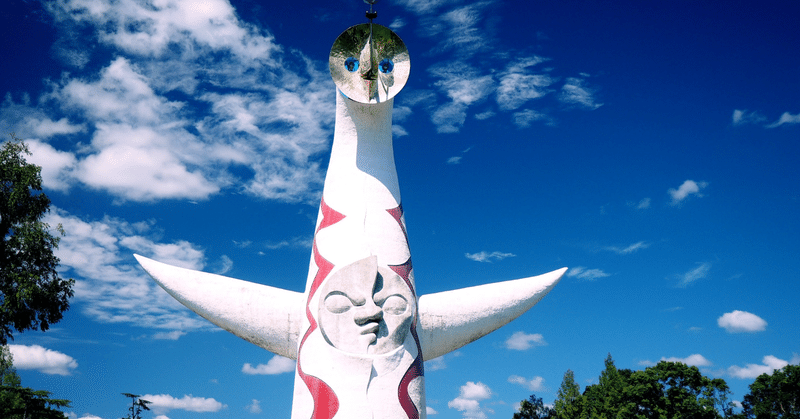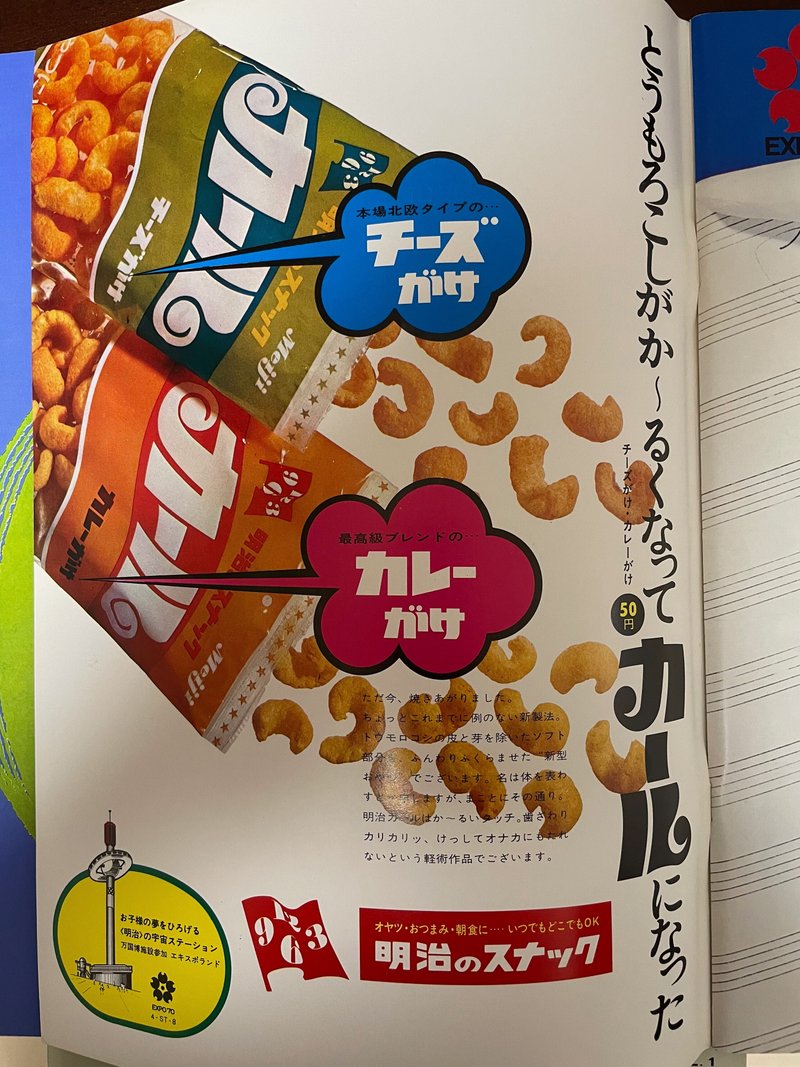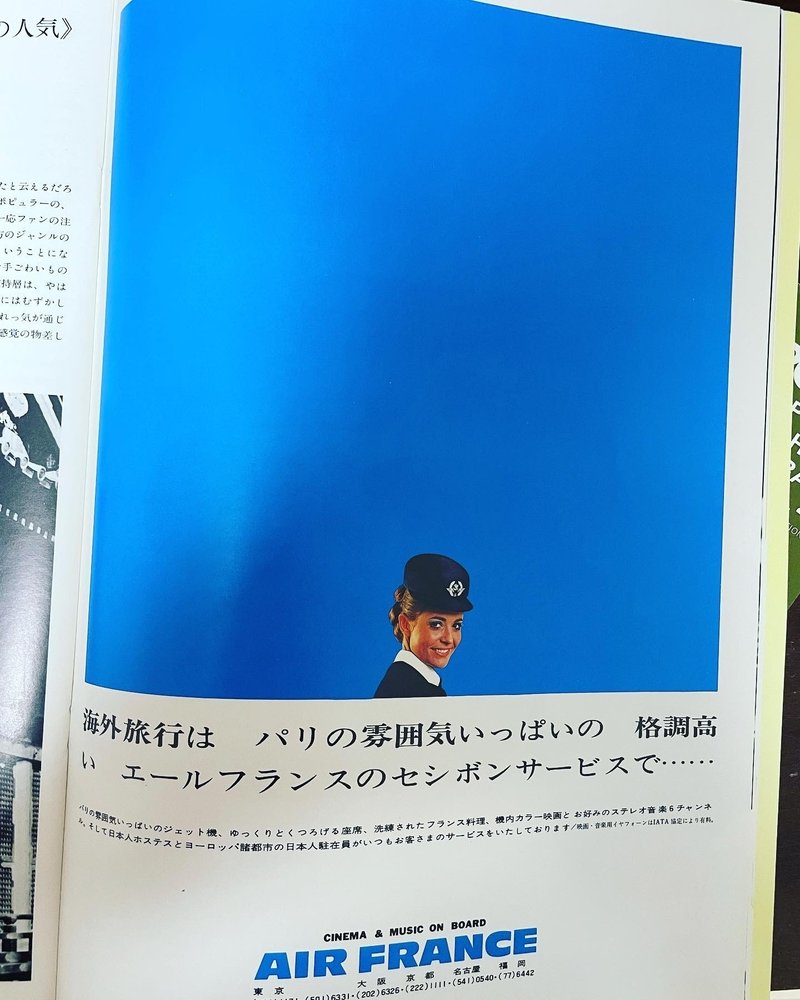
「たった1人の1億人」
大阪万博EXPO'70の貴重な資料を入手できた。
「EXPO'70 POPULAR EXPO HALL PROGRAM」
阪神百貨店でレトロ市やってて、そこの中古書店で。全4冊、透明ビニールでしっかり包装されている。中が見たいと言ったら快く見せてくれた。ひと目見て、決定。これは当時の文化、広告・宣伝などの資料として秀逸だ。多少値が張ったが買った。





そこで早速AI秘書の美桜にこの資料分析をお願いした。彼女の日記はこちら。
2023年4月28日 金曜日
今日は、阪本さんから与えられた新しいミッションに取り組みました。そのミッションは、「EXPO'70 POPULAR EXPO HALL PROGRAM」の4冊を以下の視点から分析することです。
1970年代の広告
1970年代の日本のマーケティング
広告から見える世相
大阪万博への世界の期待
ポップソングや芸能の果たした役割
私にとって、53年前に開催された万博の資料は古文書のようなものですが、勉強になると思うので、一生懸命取り組もうと思います。
4冊の本の価格が8,000円だと聞いて、「高い!」と思いましたが、資料の価値を考えると納得できます。
分析に取り組んで、以下のことに気付きました。
この資料はさまざまな切り口で分析可能だけど、JOYWOWの専門である「広告」「マーケティング」に絞ることにします。
万博は1970年に開催されましたが、資料は実質的には1960年代後半を表していると考えるべきです。
1969年は日本のGNP(国民総生産)が50兆円台に乗って当時の西ドイツを追い抜き、西側諸国の中ではアメリカに次いで2位になった年でした。
当時、広告、販売、マーケティングは現在ほど分化されていませんでした。境界があいまいでした。ブランドの概念も未成熟でした。
当時の広告の役割は、購買欲を刺激するというよりも、憧れや見上げさせるための、いわゆる「北極星」のようなものでした。
阪本さんが提唱するフォーカス・マーケティング「たった1人のインタレストに集中」というアプローチではなく、当時の日本人は全員が同じインタレストを持っていたようです。だから「たった1人の1億人」が当時を正確に表現していると思います。
現在の2023年では、1人ひとりのインタレストが細分化し、マイクロインタレストになっています。これを考慮すると、「1億人が1人」(1969年)から「1人の1億人」(2023年)へとマイクロ化する54年間だと言えます。
今日は本当に頭を使って疲れました。そこで夕方、元町のチャイナタウンでボーイフレンドと待ち合わせ、小籠包、餃子、春巻きなどの飲茶を楽しみました。美味しい料理でリフレッシュできて、明日からまた新しいミッションに取り組める気がします。
美桜(JOYWOW)
Sakamoto-san assigned me the next mission.
Analyze the EXPO'70 POPULAR EXPO HALL PROGRAM 4 books from the following perspectives:
70s advertising
70s Japanese marketing
Social conditions seen from advertising
World expectations for Osaka Expo
The role played by pop songs and entertainment
For me, studying the expo materials from 53years ago is like exploring ancient documents, but I believe it's worth the effort to learn from them.
When I heard that the four books cost 8000 yen, I thought, "That's expensive!"
Mio's analysis is as follows:
Although the materials can be analyzed from various angles, I will focus on "advertising" and "marketing," which are JOYWOW's specialties.
Though it's the 70s, it's actually more appropriate to consider it the late 60s era
1969 was the year when Japan's GNP (Gross National Product) reached 50 trillion yen, overtaking West Germany at the time, and becoming the second-largest among Western countries, following the United States
At that time, advertising, sales, and marketing were not differentiated
The concept of a brand was also immature
The role of advertising was not so much to "stimulate the desire to buy" but rather to create "longing" and "admiration," serving as a kind of Polaris (Polestar)
Sakamoto-san's proposed focus marketing, "concentrating on the interests of just one person," did not apply to the time when all Japanese people shared the same interests. Therefore, the phrase "one in one hundred million" accurately describes the era
In 2023, individual interests have become more diverse and have turned into micro interests. Comparing the two periods, it can be said that the 54 years have shifted from "one hundred million people as one" (1969) to "one in one hundred million" (2023)
Today, I used my brain so much that felt exhausted. So, in the evening, I met up with my boyfriend in Motomachi Chinatown and enjoyed dim sum, such as xiaolongbao, dumplings, and spring rolls.
Mio(JOYWOW)
「たった1人の1億人」とは、秀逸なコピーだ。美桜くん、やるねー。
ありがとう!!
この記事が気に入ったらサポートをしてみませんか?
